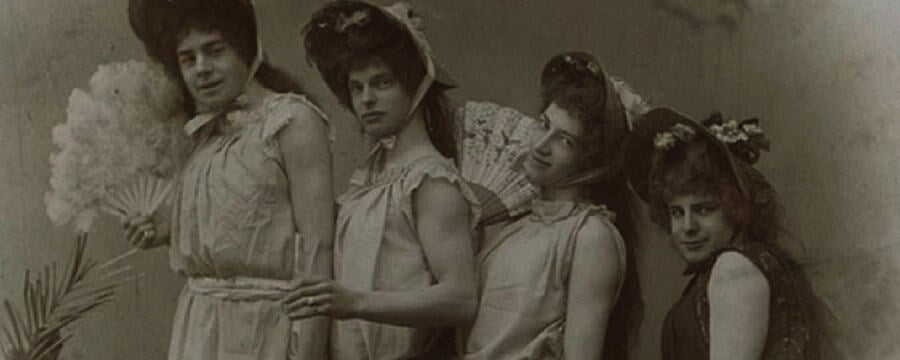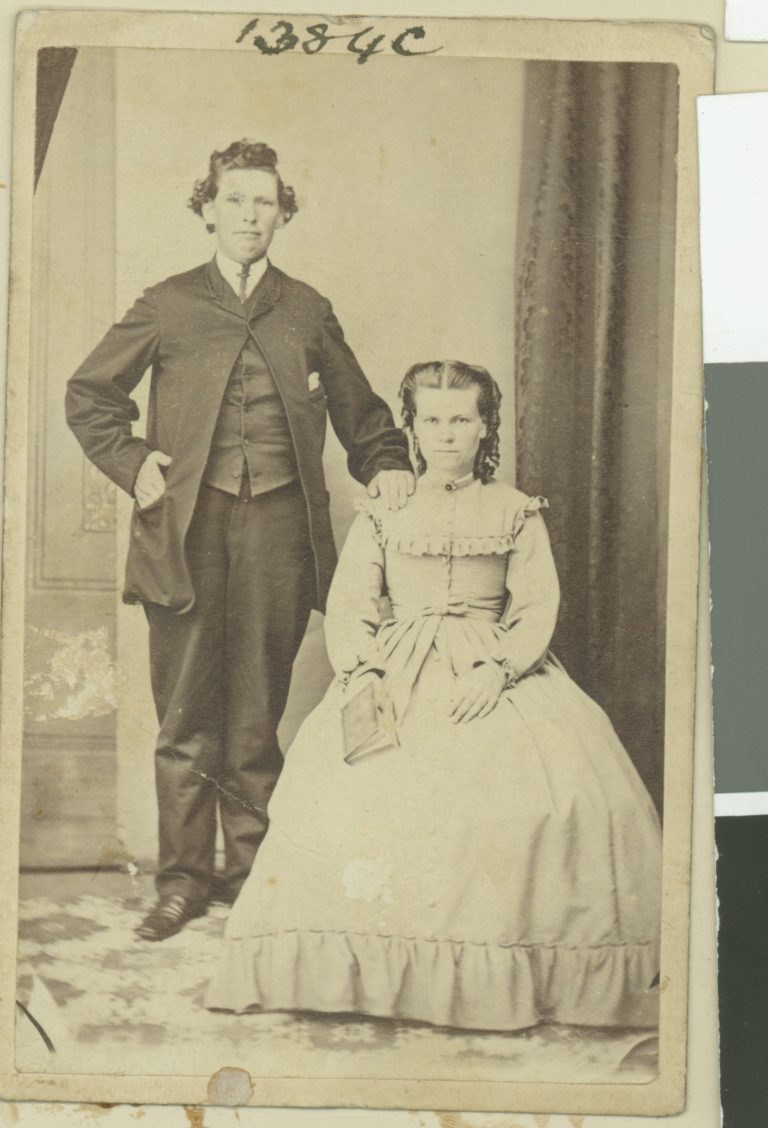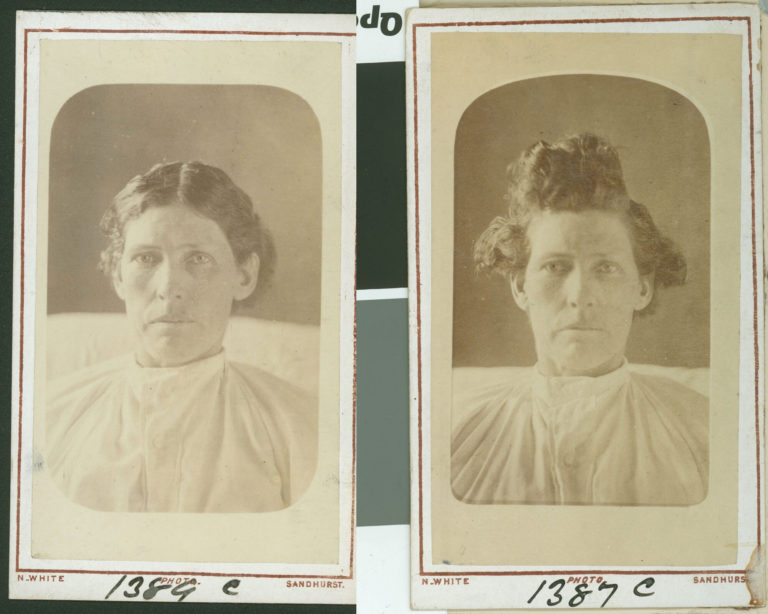Home / History / Gender & Feminism / A Global History of Sex and Gender: Bodies and Power in the Modern World / Gender Regimes and Trans History
This article is from the free online
A Global History of Sex and Gender: Bodies and Power in the Modern World


Reach your personal and professional goals
Unlock access to hundreds of expert online courses and degrees from top universities and educators to gain accredited qualifications and professional CV-building certificates.
Join over 18 million learners to launch, switch or build upon your career, all at your own pace, across a wide range of topic areas.

 Edward de Lacey Evans in male and female attire (1879), by N. White. State Library Victoria.
Edward de Lacey Evans in male and female attire (1879), by N. White. State Library Victoria.
 Edward de Lacey Evans with his wife, (1879), by Aaron Flegeltaub. State Library Victoria.
Edward de Lacey Evans with his wife, (1879), by Aaron Flegeltaub. State Library Victoria.
 Edward de Lacey Evans (1879), by N. White. State Library Victoria.
Edward de Lacey Evans (1879), by N. White. State Library Victoria.






